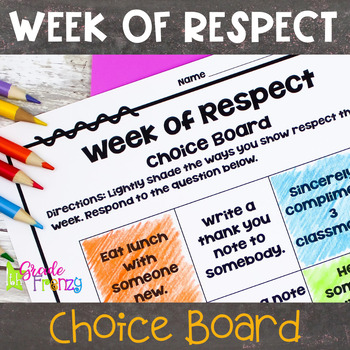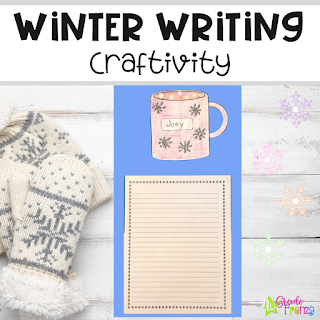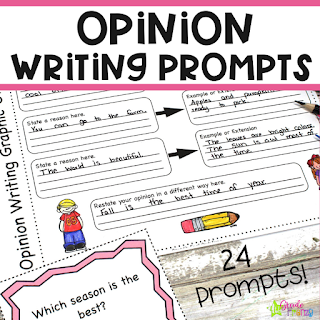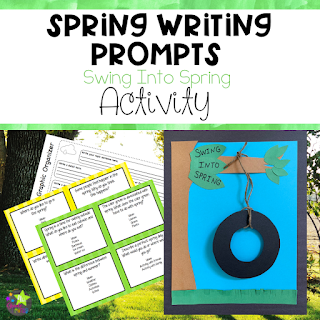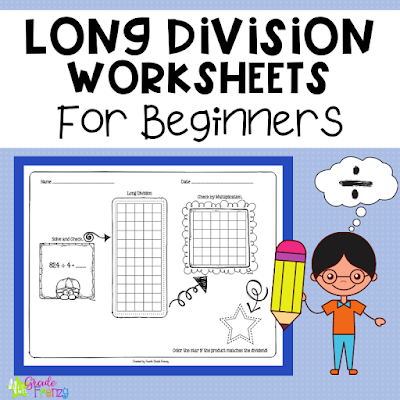Students may benefit from a concrete to abstract approach when learning how to draw conclusions.
You could start by playing a guessing game with real items.
Some ideas are:
- Beach bag with towel and sunblock
- Baseball or soccer bag with equipment
- Birthday present
- Dog leash and tennis ball
- Canvas and paints
- Suitcase
- Book and library card
- Flashlight and sleeping bag
Display the items and have students guess where you are going.
Explain to the students that they used the items as clues + what they already knew to draw conclusions without you actually telling them where you were going.
Explain that when we read, we use clues in the story + what we already know to draw conclusions.
This drawing conclusions worksheet can be used with any text. It works well in guided reading groups to help students develop the skill.
Are you a subscriber yet?
FREE Activity for new subscribers: Sign up for the Fourth Grade Frenzy newsletter!
Click the star to follow my TpT store! ⭐




















